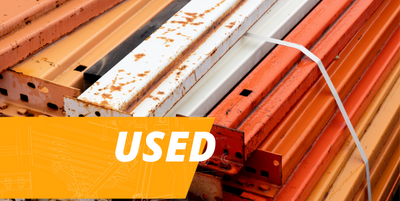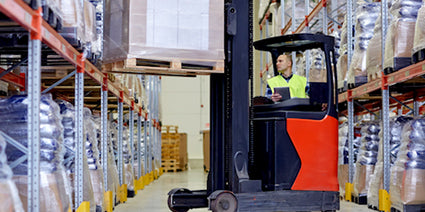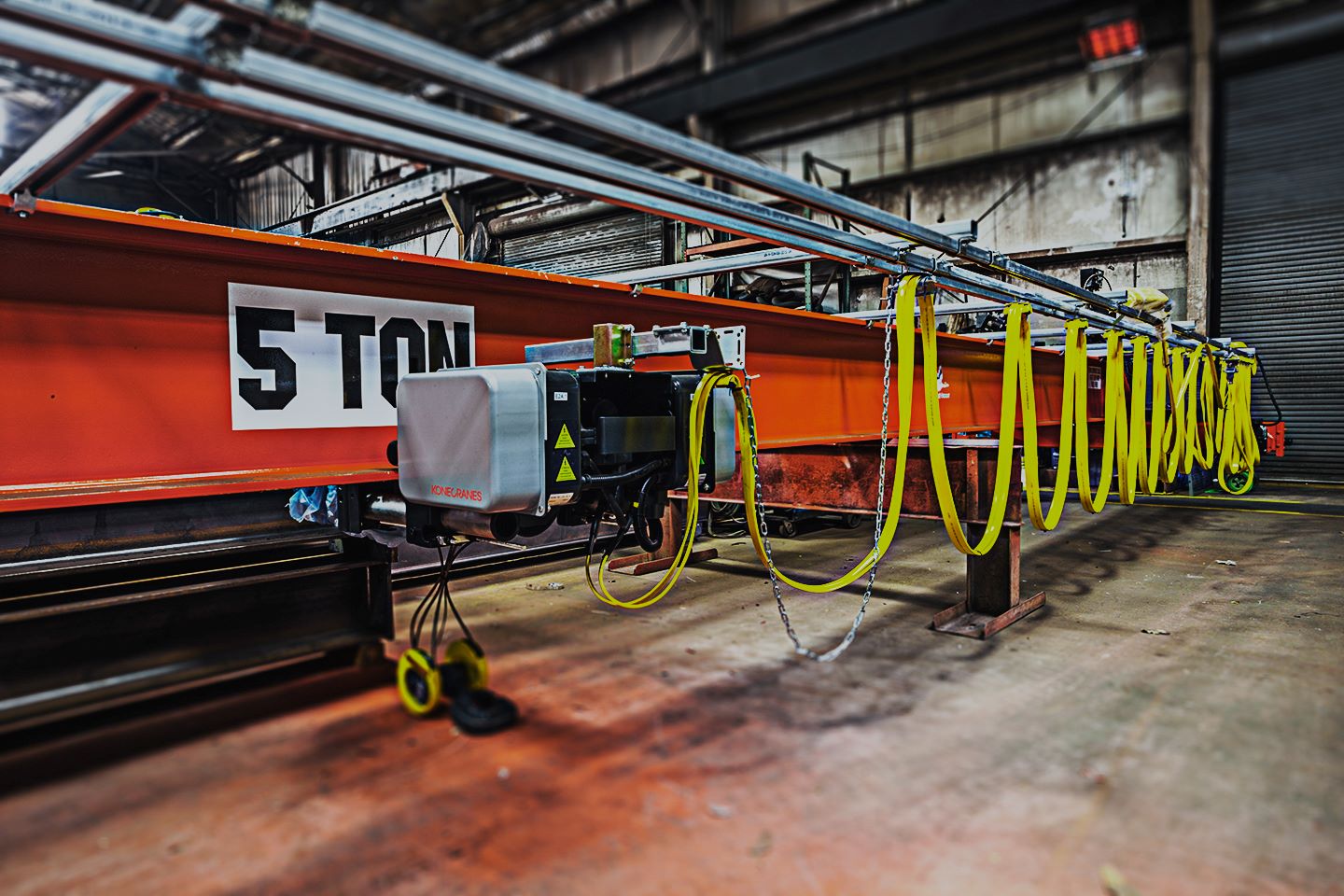Your Cart is Empty

Future Proof Warehouse Design Series
Join us at Hoj Innovations and WarehouseOS as we present a series of articles and blog posts that we hope will serve as your ultimate resource as you seek to Future Proof your Warehouse Design.

In this series, we'll cover the following topics with cover the basics with a fair degree of depth, but we know this is not an all-inclusive overview of an ever-changing industry.
9 Improvements to Boost Inventory Management and Warehouse Efficiency
- Warehouse Operating Systems
- Forklifts
- Pallet Racking
- Docks, Doors & Levelers
- Picking Carts
- Conveyors & Automation
- Overhead Cranes & Hoists
- Warehouse Installation
- Emergency Repair & Preventative Maintenance
More than a dozen industry experts with more than 150 years of combined experience contributed to this overview. It is highly advised to consult professional warehousing engineers when making some of the changes outlined in this series of articles. These experts span the following disciplines:
- Warehouse Design Engineers
- Logistics Engineers
- WMS Software Developers
- Systems Integration Specialists
- Sales & Account Managers
- Service & Dispatch Managers
For those interested, this series is available in a downloadable e-book.
Introduction
How do you manage inventory?

Your goal is to get product from point A to point B as quickly and efficiently as possible. It’s easy, right? In theory, yes, but so many moving and ever-changing parts of your warehouse can make managing inventory a difficult and arduous process.
If you’re experiencing inefficiencies and searching for useful tips, you’ve come to the right place. We’ll help you unlock the potential of your warehouse to empower your inventory management.
In reality, every area of your warehouse becomes a question of efficiency, but determining where to improve and how to do it can be confusing. Each area of your warehouse has an impact on your inventory management, so if you want them all to work in harmony, you simply can’t focus on one section alone.
In this series, we’ll take you through eight improvements of a warehouse to illustrate how you can unlock its potential, better your inventory management, and grow your business. You will learn about proven processes that various companies implemented and immediately improved their productivity.
Reach out to a professional warehouse engineer with questions you may have about your specific needs. An engineered warehouse solution is built on critical elements that work together to create maximum efficiency.
For example, businesses will come up against a spacing problem from time to time. As a company grows, SKUs can be placed in random areas to accommodate for the lack of space. They may get scattered in the warehouse and become difficult to find.

Among many issues, this can lead to unnecessarily long picking routes and less efficient workflows. Order fulfillment, labeling, and packing can become bottlenecks that negatively impact profits. On the flip side, a professionally engineered warehouse can create solutions that address multiple, interconnected deficiencies to maximize space and increase profits.
Maximized space leads to shorter picking routes, quicker replenishment, and many other efficiencies that create better order fulfillment. The business can then focus on its core competency and not let the warehouse bog it down. Every aspect of the warehouse plays a part in the overall ability to manage inventory effectively.
As you make your way through this series, do not hesitate to reach out to the crews at Hoj Innovations and WarehouseOS with questions. Our experts are eager to provide solutions to any warehousing, e-commerce fulfillment and material handling needs.








